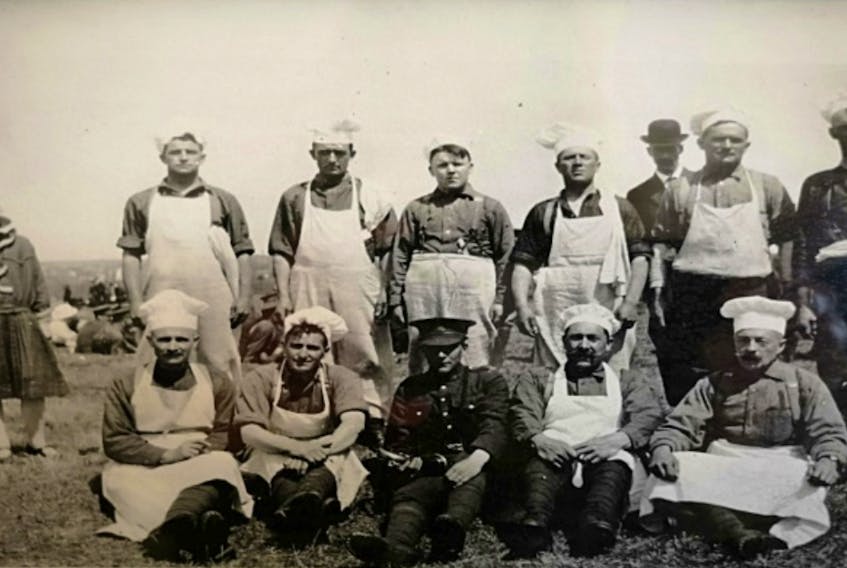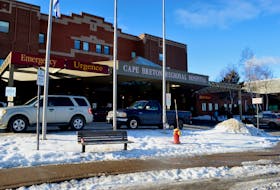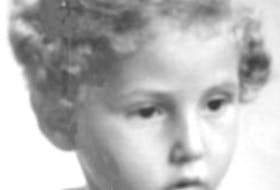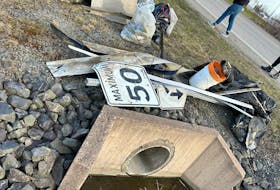Editor’s Note: This is the third in a series of articles leading up to the July 2 commemoration of the 100th anniversary of the closing of Amherst’s First World War internment camp on Park Street.
During my research for this series of articles I came across information that could be corroborated through official records, and some that could not be. Many of these stories were told to me by individuals whose family member was involved with the camp and the prisoners. I thought I would relate some of them here.
Things were not always peaceful within the confines of the barbed wire.
On June 25, 1915 “while a group of prisoners were being conducted to the compound for physical exercise, one of the prisoners, Fritz Clause by name, assaulted one of the guards knocking him insensible, and refused to enter the compound upon the guard’s order.”
The riot that ensued resulted in one guard being injured, one prisoner (Fritz Clause) shot and killed, and four others were wounded.
An inquiry into the matter found that discipline had been lacking and the camp commander, Major G.R. Oulton, a veteran of the Boer War, was replaced by Colonel Arthur Henry Morris.
Over time some prisoners, understandably, tried to escape.
With the comings and goings on work details outside the camp they felt they had a good chance of making a successful escape, and if they were lucky they could get to then neutral United States.
One such attempt happened one Monday night, Jan. 19. Twelve prisoners escaped through a tunnel they had secretly dug – from the camp, under the barbwire, to an outside shed. They made off late in the night, and their disappearance was not noticed until 8 a.m. Tuesday morning.
Immediately Col. Morris notified Divisional Intelligence and the hunt was on to find them. They did pretty well as 11 of the men made it past Saint John, and on the way to the U.S. border but were captured.
The last man was not captured until later. He avoided his pursuers, but could not avoid the winter weather. When captured, William Wegner was a sick man. He later died in the camp of pneumonia.
Another attempt was initially successful, as four young Germans escaped the camp and were not captured until a few days later. They were found in an open boat in the Bay of Fundy near Point Lepreau. It was believed they cruised along the coast to the head of the bay and were probably aided by sympathizers as they seemed to have been well clad and were not hungry.
happier story told to me was about the Filmore family who had a tree farm just outside Amherst. The farm often used prisoners for the labour required to run the farm. Sometimes the prisoners would stay on the farm overnight, and not return to camp for a number of days. These men did not try to escape but seemed to enjoy what they were doing. I think they knew when they were well off given the circumstances.
Russell Clarke, whose father was the Quarternaster at the camp, told me a story about trips his father made to Kapuskasing, N.B. with prisoners.
Apparently some prisoners had contracted tuberculosis over their time at the camp, and had to be taken to a sanitarium in Kapuskasing. They would receive treatment there, which often took a very long time. Russell remembers accompanying his dad on a couple of such trips. One was in the spring, as his father took a break in his trip, to go fishing before driving back to Amherst. The fishing was good!
Most indicators seem to show that, given the circumstances, the prisoners, guards and the community got along remarkably well. Many pictures show prisoners enjoying themselves. One of the favourite activities was playing music. This pleasure was made possible by the provision of instruments by the community. The only other source was two wonderful instruments made by the prisoners themselves. That cello and violin survive. These instruments have been restored and will be played at the anniversary event on July 2. This will be the first time they have been played in over 100 years.
The next article will talk about why Germans are coming here for this anniversary commemoration.
Marjorie MacLean is the co-ordinator of the 100th anniversary of the Amherst Prisoner of War Camp commemoration scheduled for July 2 at the Col. James Layton Ralston Armoury.









